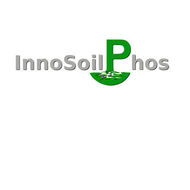Land Use, Livestock, Quantity Governance, and Economic Instruments—Sustainability Beyond Big Livestock Herds and Fossil Fuels (2020.0)
Weishaupt A., Ekardt F., Garske B., Stubenrauch J., Wieding J.
Sustainability, 12 (5), 2053
Abstract
The production of animal food products is (besides fossil fuels) one of the most important noxae with regard to many of the environmental problems, such as climate change, biodiversity loss or globally disrupted nutrient cycles. This paper provides a qualitative governance analysis of which regulatory options there are to align livestock farming with the legally binding environmental objectives, in particular the Paris Agreement and the Convention on Biological Diversity. Two innovative governance approaches are developed and compared: a cap-and-trade scheme for animal products and a livestock-to-land ratio. Both instruments are measured against the above-mentioned environmental objectives, taking into account findings from behavioural sciences and typical governance problems. Both approaches are generally suitable as quantity governance in animal husbandry if they are properly designed. In the end, a combination of both approaches proved to be particularly effective ecologically. All of this simultaneously demonstrates, on the basis of a rarely considered but ecologically highly relevant sector, how a quantity governance approach that is based on an easily comprehensible governance unit can function across all sectors and regions.